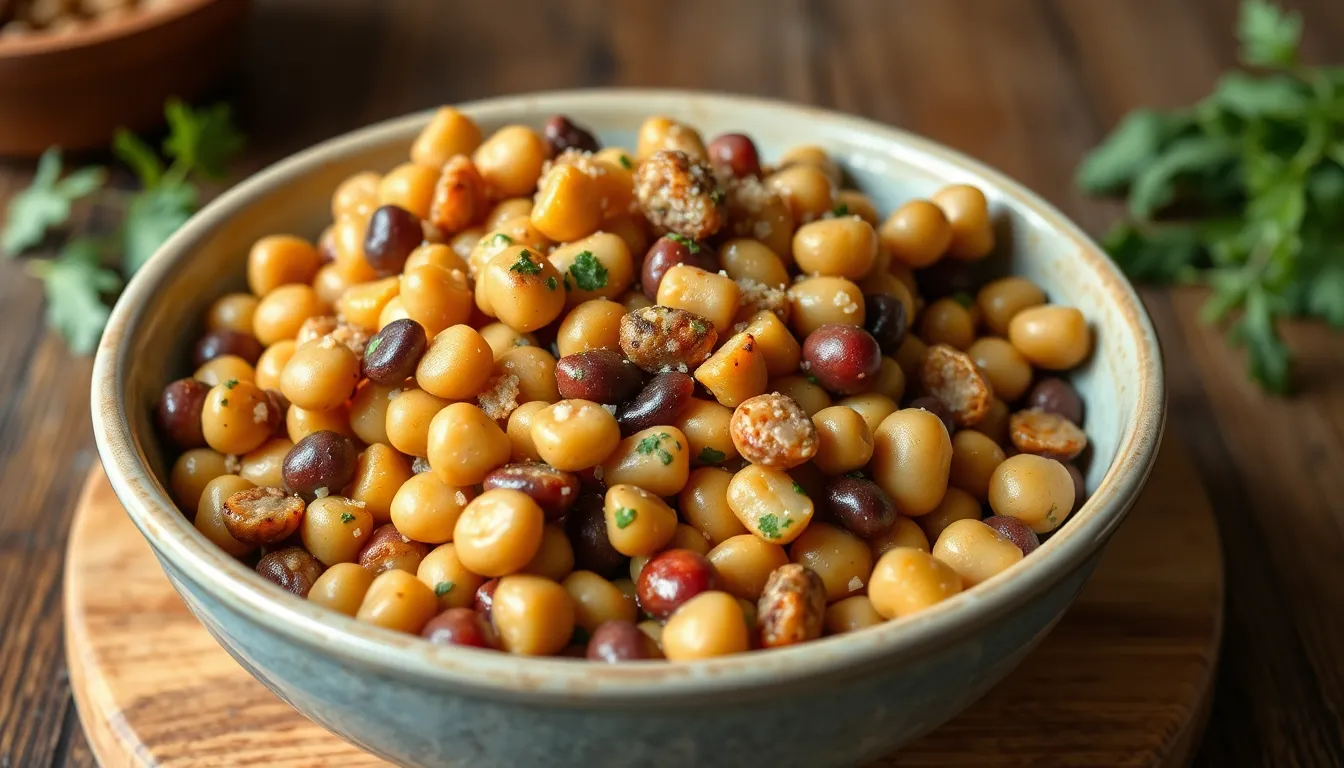Sautéed Cauliflower: Creative Ways to Cook This Superfood
Cauliflower has gained significant attention in recent years as a superfood, and for good reason. This versatile vegetable is packed with nutrients and offers a range of culinary possibilities. In this blog post, we’ll explore the health benefits of cauliflower, the art of sautéing, and various creative ways to prepare this wonderful ingredient in your kitchen.
Introduction
Cauliflower is not just a trendy vegetable; it is a powerhouse of nutrition. It is part of the cruciferous family, which includes broccoli, Brussels sprouts, and kale. Cauliflower is known for its high vitamin C content, antioxidants, and fiber, making it an excellent addition to any diet.
Beyond its health benefits, sautéing is a popular cooking method that enhances the flavor and texture of vegetables. By using high heat and a small amount of oil, sautéing allows food to caramelize, creating a deliciously crisp exterior while keeping the inside tender. Now, let’s dive deeper into the world of sautéed cauliflower.
Section 1: The Basics of Sautéing Cauliflower
What is Sautéing?
Sautéing is a cooking technique that involves cooking food quickly in a small amount of fat, usually over medium to high heat. The goal is to achieve a nice browning on the surface of the food while retaining its moisture. Key techniques in sautéing include:
- Preheating the pan to ensure even cooking.
- Using the right amount of oil to prevent sticking.
- Stirring or tossing the ingredients regularly for even browning.
Essential Equipment
To sauté cauliflower effectively, you’ll need the following essential cookware:
- Skillet or Frying Pan: A wide, flat-bottomed pan helps achieve even heat distribution.
- Spatula: A sturdy spatula or wooden spoon is essential for stirring and flipping the cauliflower.
Ingredients Needed
The key ingredients for sautéing cauliflower are simple yet flavorful:
- Fresh cauliflower
- Basic seasoning (salt, pepper, olive oil)
HTML Table: Essential Ingredients and Their Benefits
| Ingredient | Benefits |
|---|---|
| Cauliflower | Rich in vitamins C, K, and fiber |
| Olive Oil | Healthy fats, high in antioxidants |
| Garlic | Boosts immunity and adds flavor |
| Spices (e.g., cumin, paprika) | Anti-inflammatory properties and enhanced flavor |
Section 2: Creative Variations of Sautéed Cauliflower
2.1. Garlic and Herb Sautéed Cauliflower
This classic combination enhances the natural flavor of cauliflower. Here’s how to make it:
- Cut the cauliflower into small florets.
- Heat olive oil in a skillet over medium heat.
- Add minced garlic and sauté for 30 seconds until fragrant.
- Add cauliflower florets, salt, and pepper.
- Sauté for about 5-7 minutes until tender and lightly browned.
- Finish with fresh herbs like thyme or rosemary.
2.2. Spicy Sautéed Cauliflower with Chili Flakes
If you love a bit of heat, this variation is for you:
- Prepare cauliflower florets and set aside.
- In a skillet, heat olive oil and add chili flakes.
- Add cauliflower and sauté for 6-8 minutes until golden.
- Season with salt and serve with grilled chicken for a complete meal.
2.3. Asian-Inspired Sautéed Cauliflower with Soy Sauce and Ginger
This delightful dish brings a taste of the East right into your kitchen:
- Chop cauliflower into small pieces.
- Heat oil in a pan and add minced ginger.
- Add cauliflower and sauté for about 5 minutes.
- Pour in soy sauce and cook for an additional 2 minutes.
Pair this dish with rice or noodles for a satisfying meal.
2.4. Mediterranean Sautéed Cauliflower with Olives and Feta
Bringing Mediterranean flavors to your table is easy with this recipe:
- Start with cauliflower florets and sauté in olive oil.
- Add sliced olives and crumbled feta cheese.
- Cook until the cauliflower is tender and the cheese is slightly melted.
This dish can be served as a side or added to a salad for extra flavor.
Section 3: Tips for Perfectly Sautéed Cauliflower
To achieve perfectly sautéed cauliflower, consider the following tips:
- Cut cauliflower into uniform pieces to ensure even cooking.
- Don’t overcrowd the pan; this can lead to steaming rather than sautéing.
- Adjust cooking time based on your desired texture; aim for a golden outside and tender inside.
Section 4: Nutritional Comparison
Understanding the nutritional differences between sautéed and raw cauliflower can help you make informed choices:
HTML Table: Nutritional Benefits of Sautéed vs. Raw Cauliflower
| Nutrient | Raw Cauliflower (per 100g) | Sautéed Cauliflower (per 100g) |
|---|---|---|
| Calories | 25 | 60 |
| Fiber (g) | 2.0 | 2.0 |
| Vitamin C (mg) | 48 | 40 |
| Vitamin K (mcg) | 15 | 12 |
Section 5: Serving Suggestions
When it comes to serving sautéed cauliflower, the options are endless:
- Pairing with Main Dishes: Serve alongside grilled meats, fish, or plant-based proteins for a balanced meal.
- Meal Prep Ideas: Sautéed cauliflower can be used in salads, grain bowls, or as a filling for wraps.
- Garnishing: Top your dish with nuts, seeds, or fresh herbs to add texture and flavor.
Conclusion
In conclusion, sautéed cauliflower is a fantastic way to enjoy this superfood while reaping its numerous health benefits. Its versatility allows you to experiment with a variety of flavors and ingredients, ensuring that you never grow tired of this delicious vegetable.
So, grab your skillet, try out these recipes, and don’t hesitate to explore your unique flavor combinations. We’d love to hear about your favorite sautéed cauliflower creations! Share your experiences and tips in the comments below, and happy cooking!




